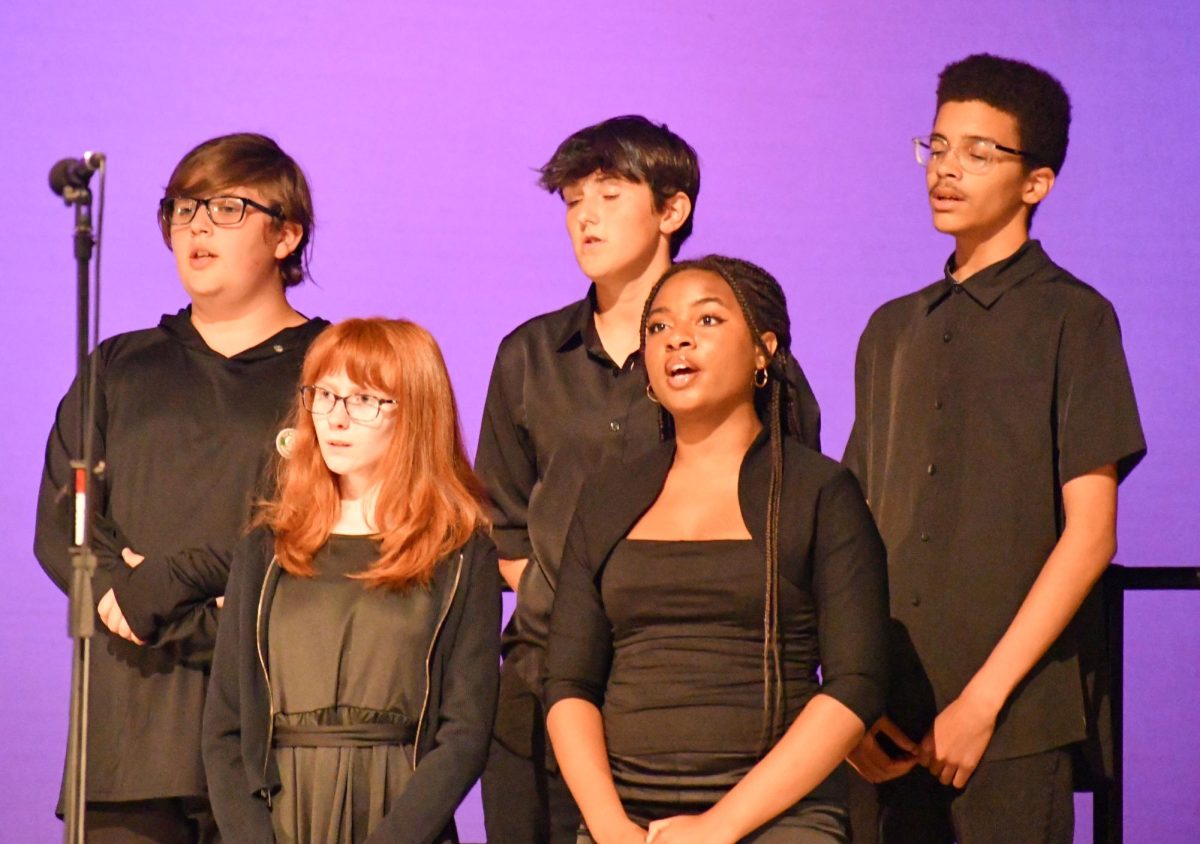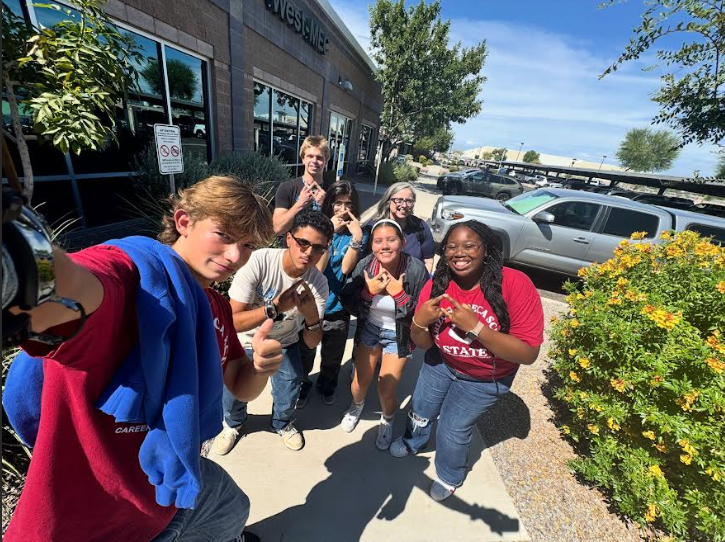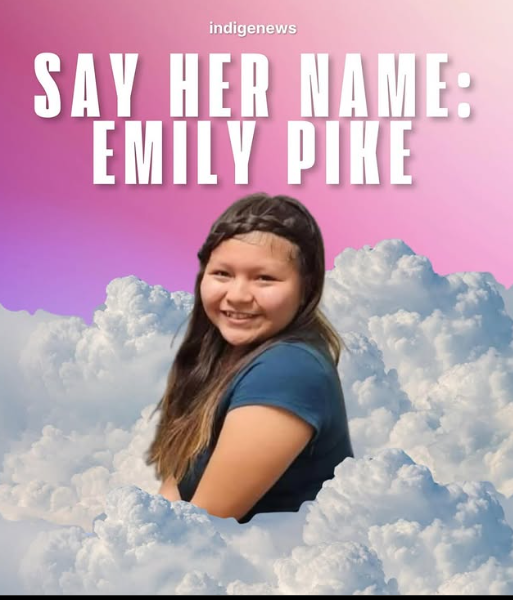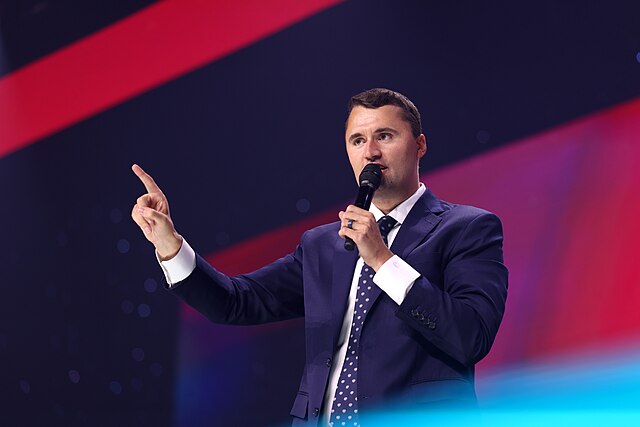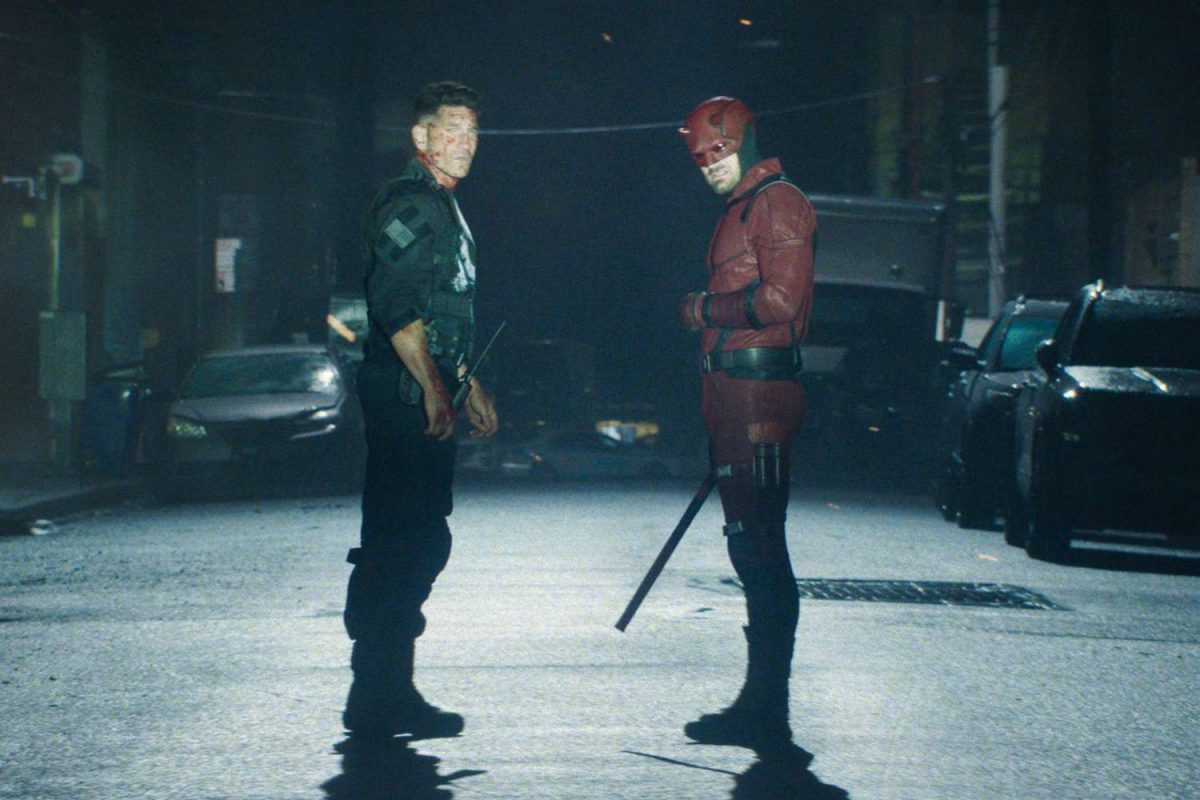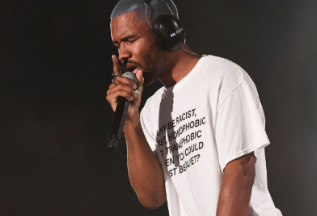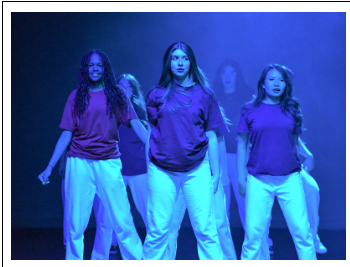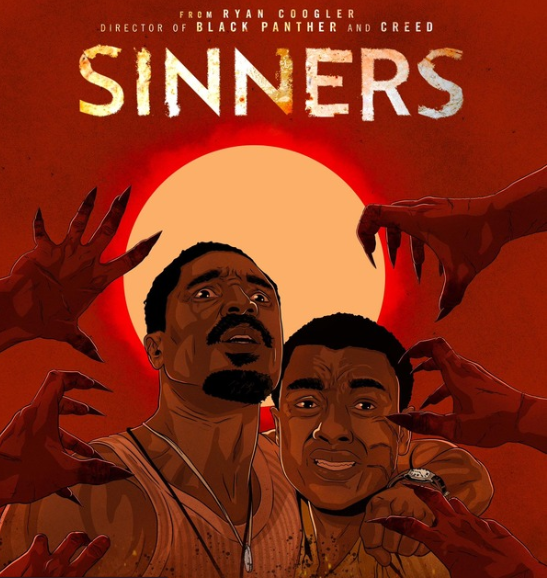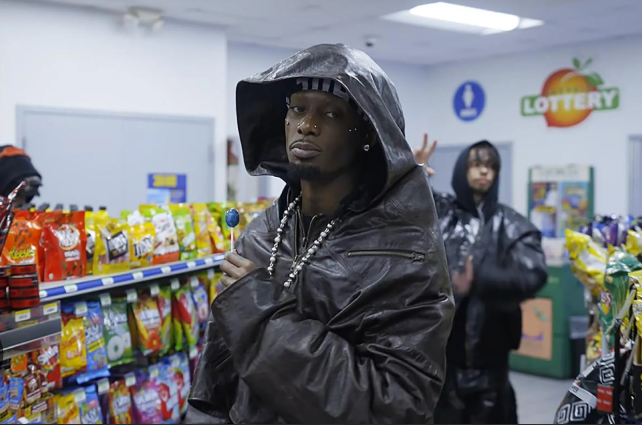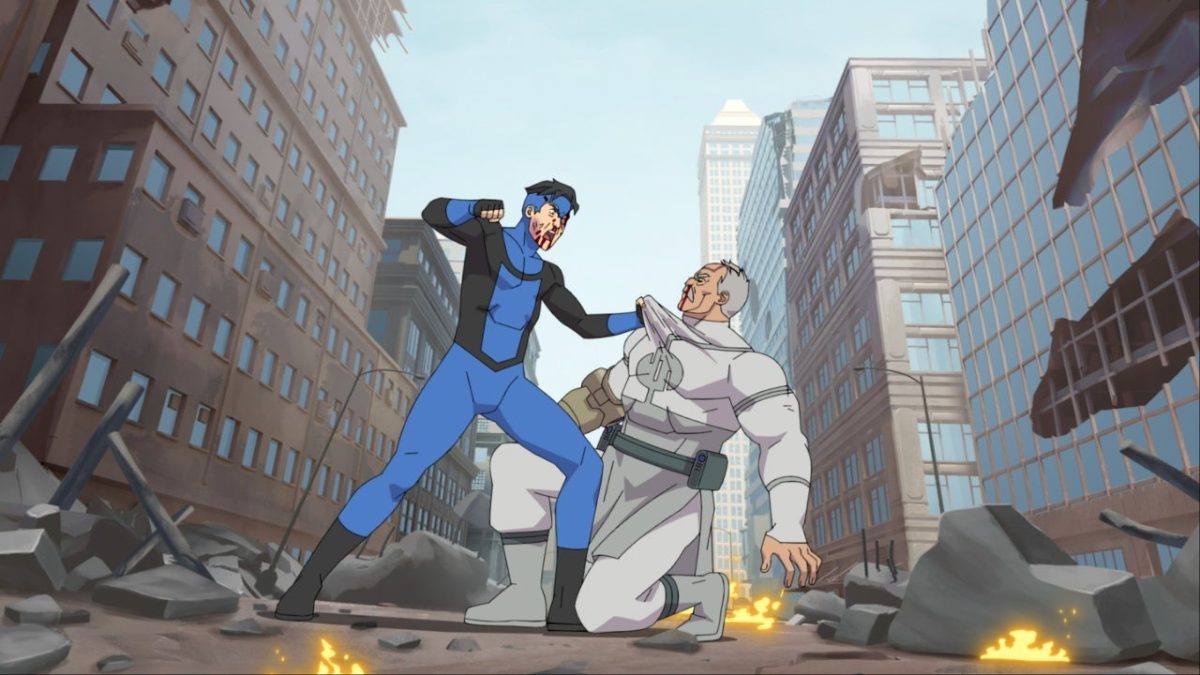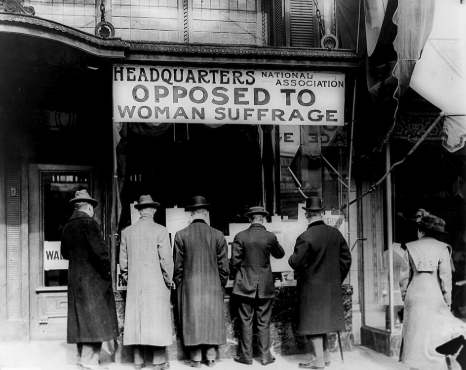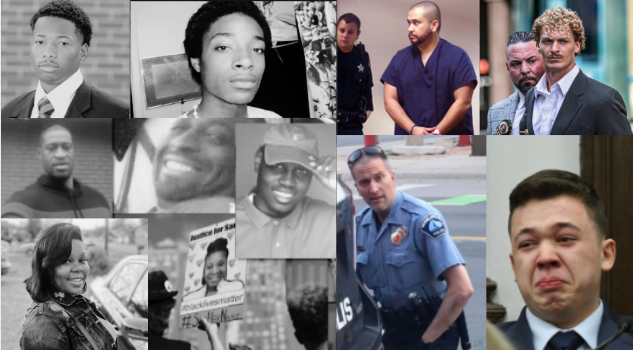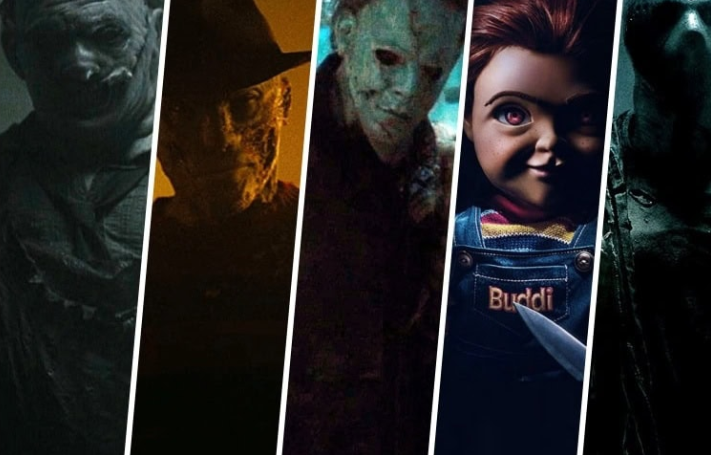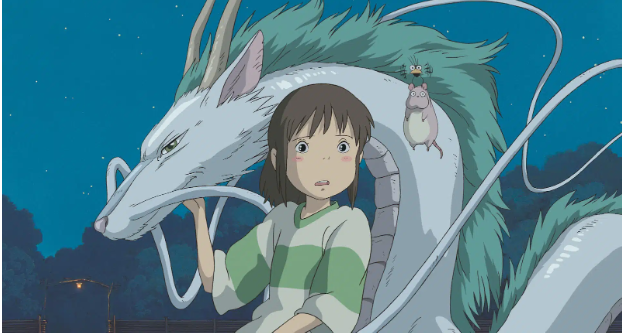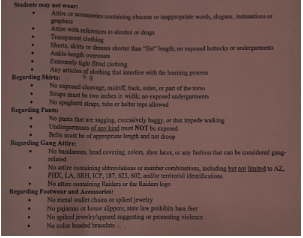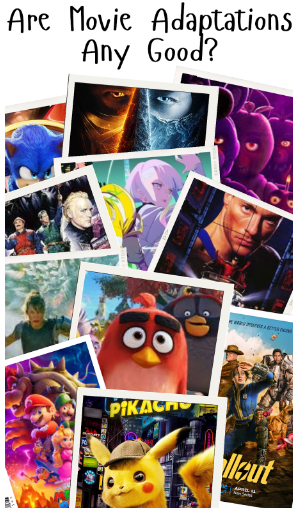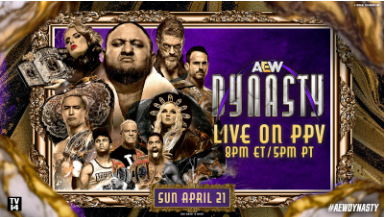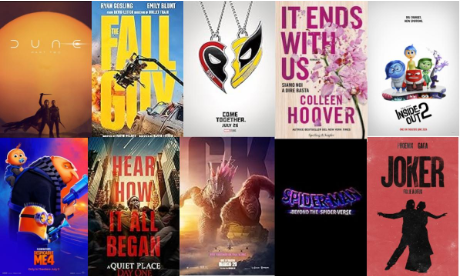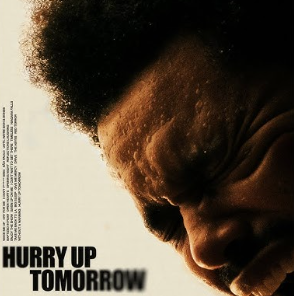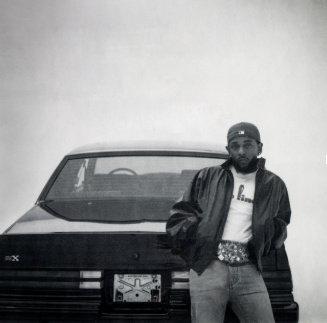It Ends with Us, a bestselling novel by Colleen Hoover, captivated readers with its raw and emotional portrayal of domestic abuse and romance. The story follows Lily Bloom, a young woman who falls in love with charming neurosurgeon Ryle Kincaid, only to discover that he is not as perfect as he first seemed. Hoover’s depiction of Lily’s emotional journey and her reconnection with her first love, Atlas, struck a chord with readers worldwide. The book’s honest exploration of difficult topics made it a favorite for many. However, as with many book-to-movie adaptations, the film version starring Blake Lively and Justin Baldoni falls short of capturing the emotional depth that readers cherished.
The changes from book to movie are too significant to overlook. While some adaptation is expected, the film strays too far from its source material. One of the biggest issues lies in how certain plot points and character dynamics were altered or removed entirely. For instance, Ryle Kincaid’s portrayal in the movie feels sanitized. In the book, Ryle is depicted as clearly abusive, with early red flags, especially in tense moments like his jealous outburst at his sister’s birthday party. However, in the movie, his abusive traits are downplayed, to the point where it feels as if the movie is gaslighting the audience by making him seem more sympathetic. This shift in tone diminishes the realistic portrayal of domestic violence, potentially leaving viewers questioning whether the film truly grasps the gravity of Ryle’s actions and the emotional manipulation Lily endured.
Moreover, the casting choices sparked much debate, with many fans, including myself, feeling that Blake Lively and Justin Baldoni were too old for their roles. As one fan commented on TikTok, “I thought Lily was in her early 20s in the book. When I found out Blake Lively was cast, I knew it didn’t make sense.” In the novel, Lily is only 23, and seeing actors who appear much older breaks the immersion, making it harder to connect with the characters as they were originally written.
Another major difference between the book and the movie is the removal of key elements that added depth to the story. For example, Lily’s habit of writing letters to Ellen DeGeneres during her teenage years was a vital part of her character development, offering insight into her thoughts and feelings. The absence of these letters in the movie was a missed opportunity, as they were a way for Lily to process her emotions and draw strength from them.
That said, the film does have a few strong moments. One such moment is when Lily notices Atlas’ scar, adding emotional depth to their relationship and showing how much they’ve been through together. Another powerful scene is when Lily tells Ryle she wants a divorce while holding their newborn baby right after giving birth. This beautifully illustrates her strength and determination to break free from the cycle of abuse. However, these moments cannot make up for the numerous omissions throughout the film.
One of the most significant narrative changes was the omission of Ryle’s sister’s backstory, specifically her struggles with fertility, which was crucial to understanding the emotional dynamics between the characters. Additionally, the decision to alter how Lily learns about Ryle’s tragic past involving his brother weakened the story. In the book, Ryle’s confession about accidentally killing his brother adds depth to his character, providing some insight into his trauma and abusive behavior. In the movie, however, this revelation is delivered by Ryle’s sister, which lessens the emotional impact and seems to frame his actions more sympathetically.
Looking ahead, the sequel It Starts with Us, continues Lily’s journey, focusing on her relationship with Atlas while navigating co-parenting her child with Ryle. The book explores Lily’s path to healing while balancing motherhood. If a movie adaptation of this story is made, I hope it does a better job of capturing the emotional depth of Lily’s life. After the disappointments of It Ends with Us, the sequel has the potential to deliver a more faithful and satisfying experience for fans.



